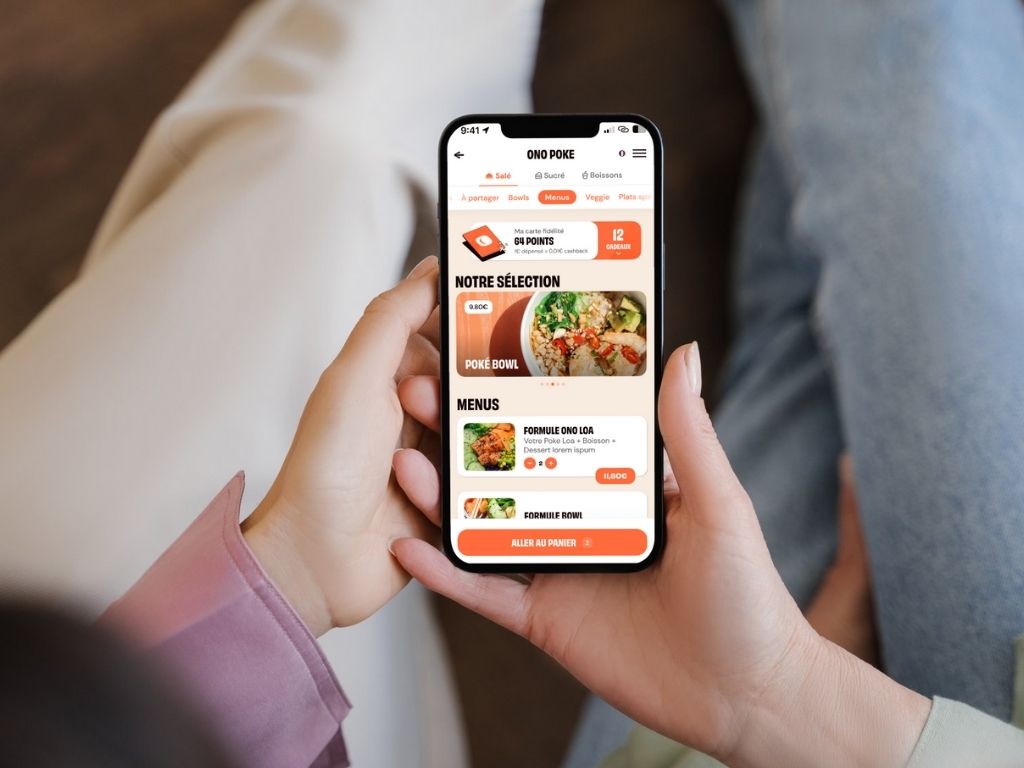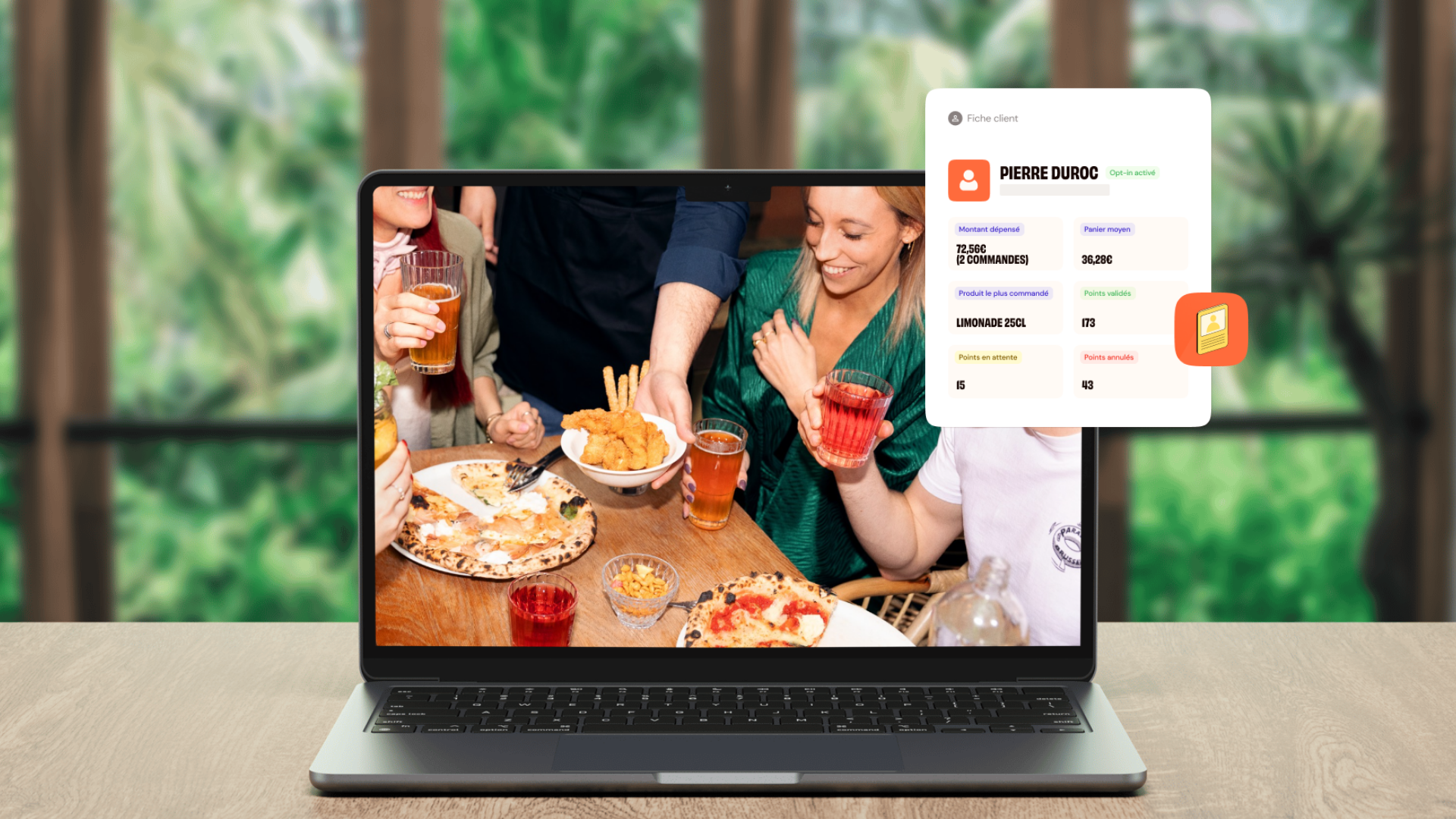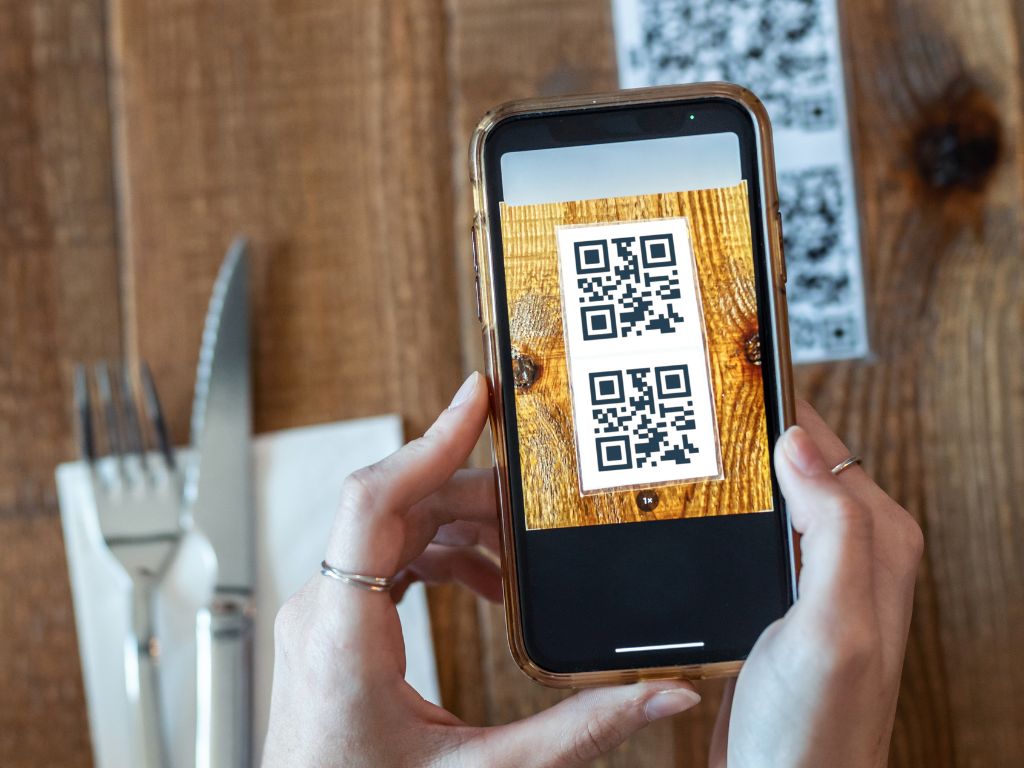Customer data and foodservice: 5 reasons to make it your growth driver in 2025
16 June 2025
With rising costs, declining visitor numbers in certain niches, and increasingly agile competition, getting to know your customers better has become a real driver of profitability.
And yet, little use is made of customer data. Whereas 85 % of consumers expect personalized interactions, many establishments continue to operate on an instinctive basis.
A pity, considering thata 5 % increase in customer loyalty can boost profits by 25 to 55 %. But to build loyalty effectively, you need to know who you're talking to, when, and through which channel.
The good news: you already have a good deal of information at hand. Order history, purchasing habits, visiting hours, preferred media... All that remains is to get something useful out of it.
In this article, we show you how to turn customer data into a concrete lever for better decision-making, better loyalty and, above all, better sales.
Understanding customer data: what exactly are we talking about?
When we talk about customer data, it's not just a question of knowing how many dishes have been sold. It's all about identifying habits: what your customers order, how often, on which channel, when they hesitate or drop out.
So much concrete information, often already available, that can help you adjust your actions on a daily basis.
There are 3 main types of data:
- Transactional data : what your customers buy, when, how often, via which channel (on-site, takeaway, delivery, kiosk...). This is your order history.
- Behavioral data : time slots where your customers come, preferred ordering solutions, preferred payment methods...
- Relational data : last name, first name, birthday, opinions left, participation in a loyalty program, responses to your marketing campaigns.
The question is no longer whether you have the data, but how you can use them to better manage your business.
Data = growth: 5 levers you can activate right now
01. Build customer loyalty effortlessly
Visit stamp cardsit's simple. But it doesn't tell you who's coming back, when, or why. And above all, it doesn't help you act.
With a loyalty program connected to your customer data, you can take things to the next level:
➜ absentees? automatically recalled
➜ regulars? rewarded at the right time
With a customer base well-maintained and a tool that connects the dots, you can follow up with the right customers, at the right time (more on that later!).

02. Propose the most relevant offers to your customers
It's not a question of manually personalizing each message. The objective is to identify recurring behaviors, then to create clear segments.
For example:
➜ Some customers always order the same dish? You can offer them an associated side dish.
➜ Others only order in the evening? This could be the opportunity to introduce them to your brunch offer.
➜ If you spot takeaway orders every Saturday, a duo or family menu suggestion can make all the difference.
Once the segments are in place, you can adapt your actions in a targeted way, without complicating your operations.
03. Better target your marketing campaigns
We're all bombarded with messages. What makes the difference is not quantity but relevance.
Thanks to the data collected, you can target your customers more precisely, for example, those who haven't ordered anything for a month, send a flash offer to fans of poké bowls, or simply thank your best customers after a big week.
You'll cut down on major marketing expenses, while building a real bond with your customers thanks to marketing campaigns striking.
04. Refining the purchasing path and the customer experience
Where do things go wrong in the purchasing process? Is the wait longer on Tuesday evenings? Does delivery slow down after 9pm?
All these questions have answers, but they are rarely visible to the naked eye. Data serves them to you on a platter, without wasting your time. And then you adapt: a smoother interface, dynamic display of suggestions, adjustment of lead times according to the time slot...
These are small adjustments, but at the end of the month, you'll see the difference in sales.
Want to find out more? Read our article ➜ Restaurant: 8 mistakes that ruin the customer experience, without you even knowing it
05. Better manage your menu, schedules and teams
No need to review everything. Start with what you already see: sales of certain products, sharp peaks on different days, strong variations between the click & collect and on-site ordering.
With a simple analysis of your data, you can :
➜ lighten an overly dense map,
➜ adjust your supplies,
➜ adapt opening times to actual traffic.
And that translates directly into savings, productivity and reduced waste.
How to get the most out of your data in 2025
In a restaurant, contact points are everywhere: terminalmobile app, QR code, deliverycash register, loyalty program. Each one captures a part of the information, but if the tools don't communicate with each other, you lose time and opportunities.
The advantage of choosing an all-in-one solution is simplicity:
✔ you don't manage each channel manually,
✔ you avoid duplicates and errors,
✔ you can trigger automatic actions based on your customers' actual behavior.
Because at the end of the day, what you're looking for.., it's a time-saving system, not another dashboard to keep track of.
Want to find out more? Read our article ➜ 5 reasons to choose an all-in-one solution rather than separate restoration tools
Make the most of your customer data
You know your customers. Your data knows their habits: what they order, when they come back, what makes them stall. Used correctly, they help you decide faster, target more accurately, build loyalty without forcing, and sell better.
At Obypay, we help you to collect, centralize and activate your customer data, without complicating your daily routine.
Kiosks, app, checkout, loyalty, communication... everything is designed to work together.
And you stay in control of your business.
Want to find out more? Contact our team today.












